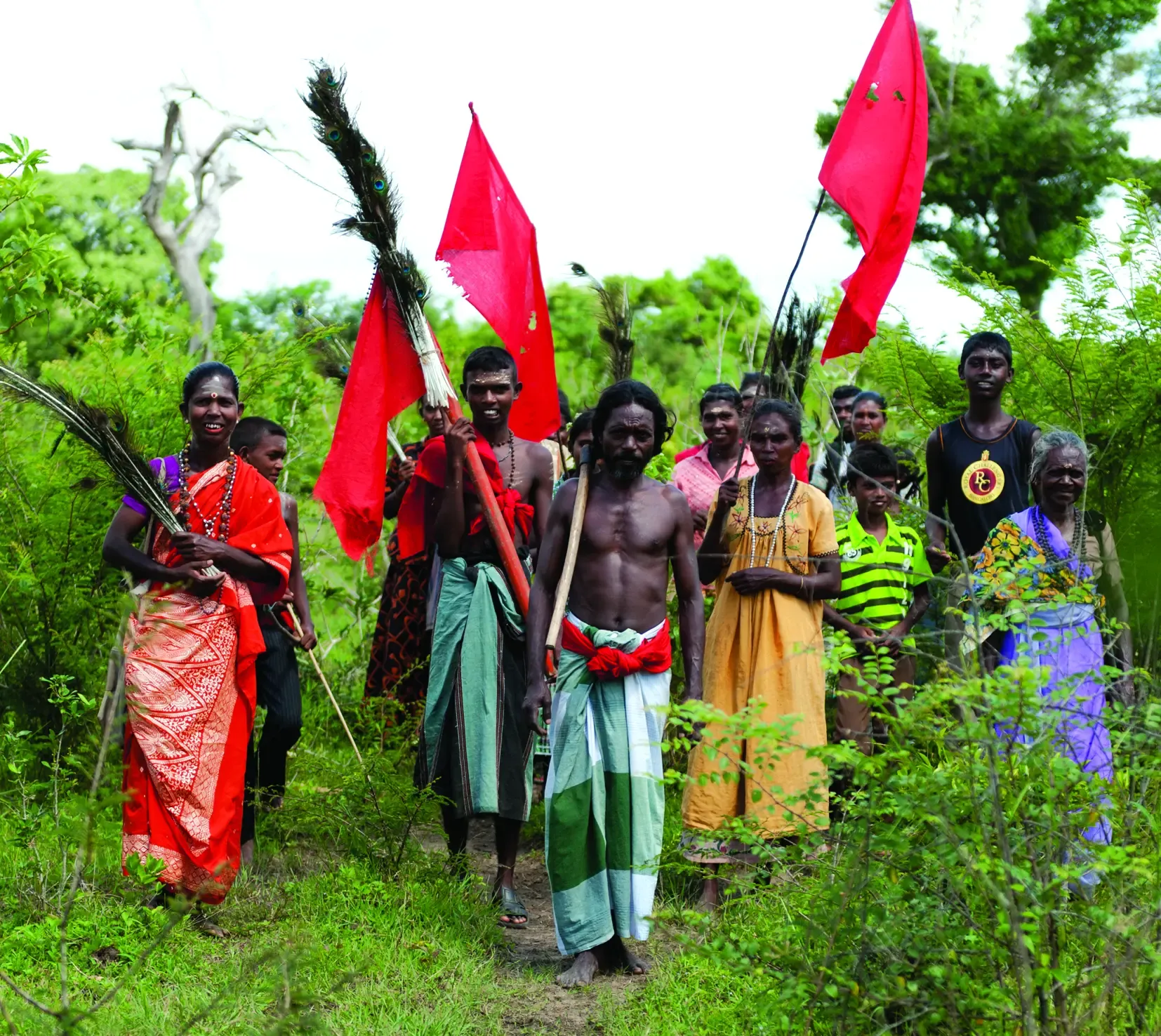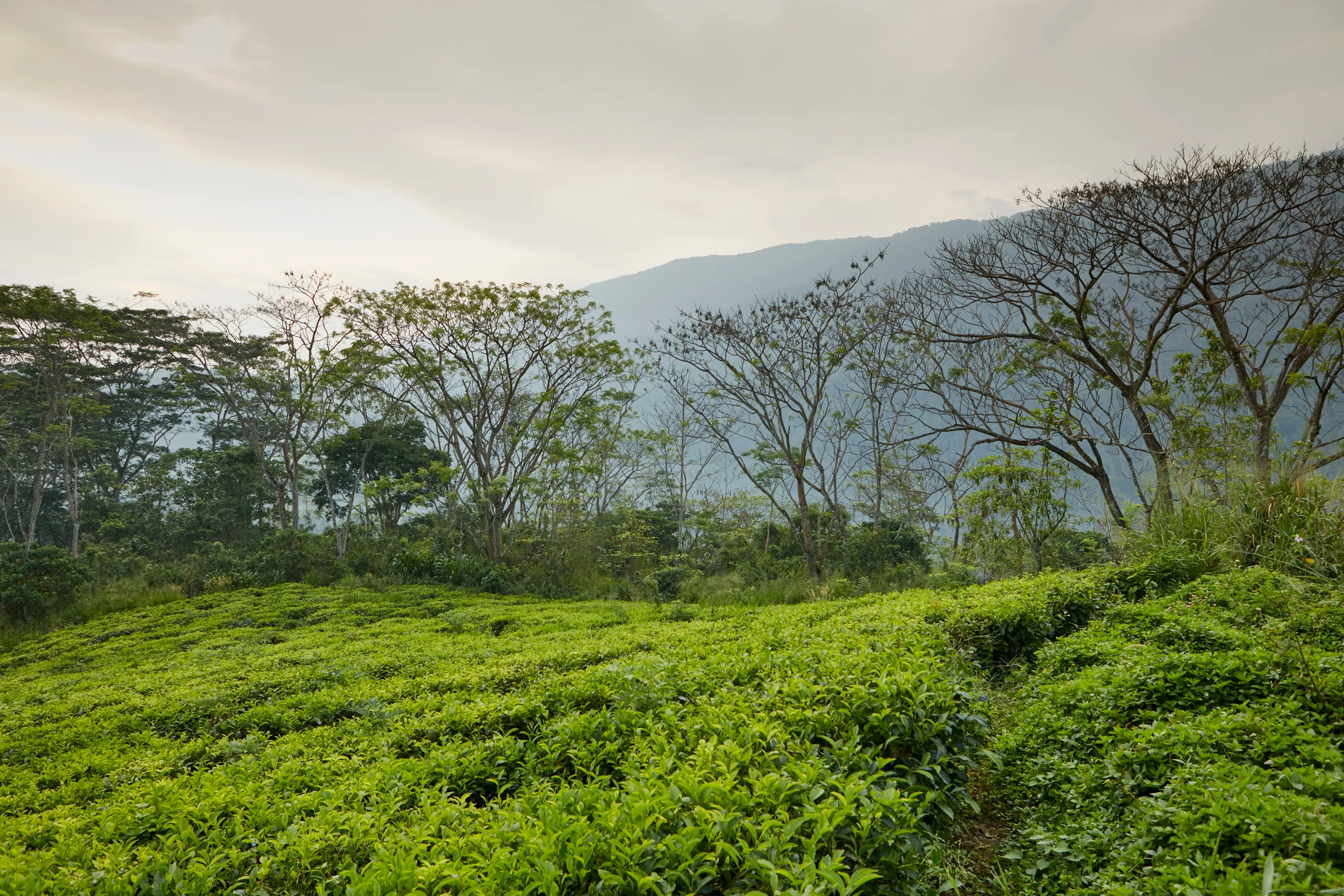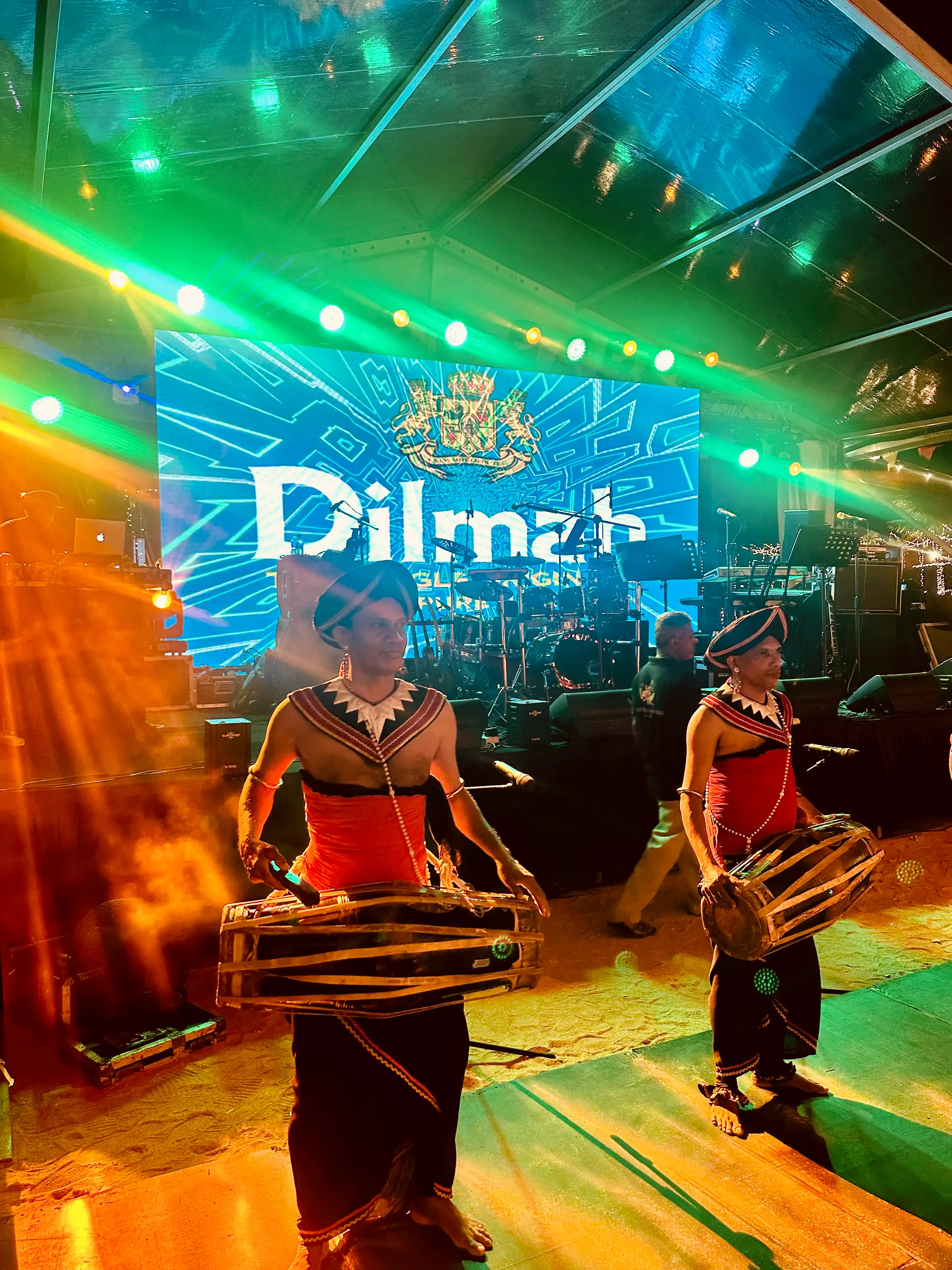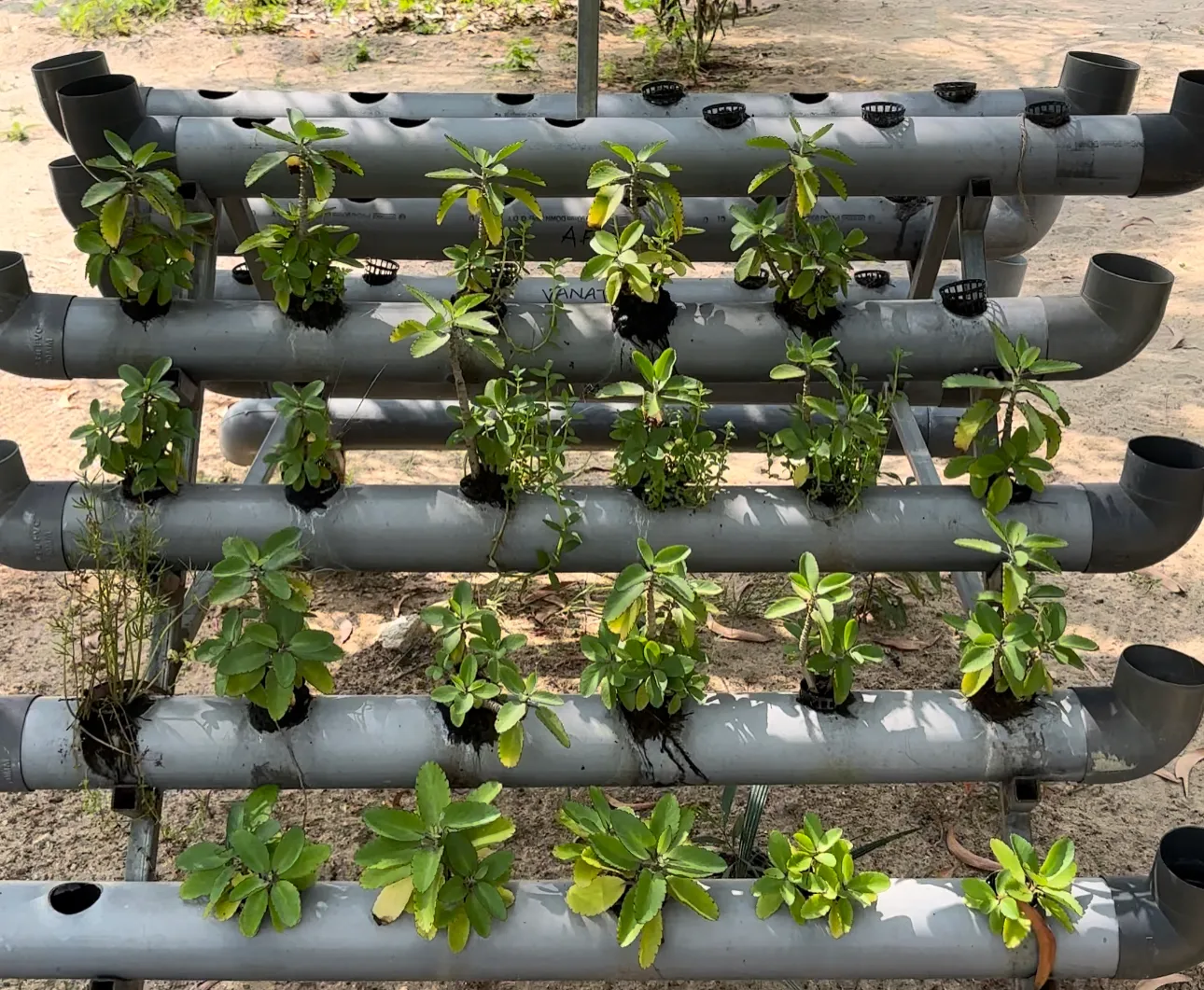Indigenous People: Guardians of Biodiversity and Climate
Although they make up only a small part of the world's population, indigenous peoples have a profound impact on the preservation of our planet. On Indigenous Liberation Day, we highlight their achievements and challenges.
Chapters
Indigenous Liberation Day
Indigenous Liberation Day, celebrated annually on October 12th, typically coincides with the day Christopher Columbus first arrived in the "New World." This day marks not only the encounter between European explorers and indigenous peoples, but also the numerous challenges faced by indigenous communities as a result of colonisation.
In this revised blog, we place more emphasis on aspects of biodiversity and climate change, while highlighting the fact that indigenous peoples, who constitute only a small portion of the world's population, have a profound impact on keeping the Earth healthy.
Indigenous Peoples and Their Role in Biodiversity and Climate
While indigenous peoples represent only about 5% of the world's population, they are the guardians of nearly 80% of the world's biodiversity. This seemingly small group of people play a crucial role in preserving ecosystems and plant and animal species, and regulating climate change. Let's delve deeper into why their impact is so immense.
Protection of Ecosystem Services:
Indigenous communities often reside in complex,delicate ecosystems such as rainforests, mountains, and coastal areas. They understand the value of these ecosystems and work to preserve them, which is vital for maintaining ecosystem services like water purification, carbon sequestration, and air purification.
Traditional Knowledge:
Indigenous peoples possess ancient knowledge of the natural world. They comprehend complex ecological systems, the habits of rare animals, and the properties of rare plants, and know how to interact sustainably with nature. Such knowledge is invaluable for biodiversity conservation and adaptation to climate change.
Sustainable Land Use:
Indigenous communities frequently approach land and resource management in a sustainable manner. They practice traditional agriculture ways, forest management, and fishing methods that conserve natural resources for future generations. This contributes to preservation of biodiversity, and the reduction of the ecological footprint.
Climate Resilience:
Indigenous peoples are often the most vulnerable and the first to feel the effects of climate change. Nevertheless, they have demonstrated resilience and the ability to adapt to changing conditions. Their traditional knowledge and practices are invaluable for developing climate resilience strategies.
Threats to Indigenous Communities and Biodiversity
Unfortunately, indigenous communities and the biodiversity they protect often face serious threats. Deforestation, mining, land dispossession, large-scale agriculture, and climate change pose significant dangers to both indigenous peoples and nature.
Biodiversity Loss and Climate Change
Biodiversity loss and climate change are inextricably intertwined. Changes in ecosystems and biodiversity loss weaken the Earth's ability to self-regulate, leading to more significant climate change. Simultaneously, climate change exacerbates threats to biodiversity by altering habitats, disrupting species' distribution patterns, and increasing the frequency of extreme weather events.
Protecting Indigenous Peoples and Biodiversity
To preserve biodiversity and address climate change, it is crucial to protect indigenous peoples and their rights. Some vital steps to achieve this include:
Recognition of Land Rights: Recognize and enforce the land rights of indigenous communities. This will enable them to protect and sustainably manage their traditional territories.
Collaboration and Support: Collaborate with indigenous communities in conservation efforts. Support projects designed and led by indigenous people to preserve and restore biodiversity.
Awareness and Education: Raise awareness of the crucial role indigenous peoples play in biodiversity conservation and climate change. Provide education about their traditional knowledge and sustainable practices.
Promote Sustainability: Promote sustainable practices and policies at the local, national, and international levels to protect biodiversity and address climate change.
Conclusion
Indigenous Liberation Day is not just a celebration of culture and the struggle for self-determination, but a recognition of the crucial role of indigenous peoples as guardians of biodiversity and climate. Despite being a small minority, indigenous communities have an enormous impact on preserving our planet and maintaining the harmony between humans and nature. Protecting their rights and territories isn’t only a moral obligation but also vital for the future of our planet and the survival of humanity. Collaboration and action are urgently needed to achieve these critical goals.
Explore the world of kindness
Have you ever wondered about the lifecycle of a tea plantation, particularly how new tea plants are cultivated and old ones are managed? I went to Dunkeld Tea Estate, where the art and science of tea begins in the nursery.
Discover how the MJF Centre for Dignified Empowerment and Sustainable Development helps Eastern Sri Lanka's recovery from natural disasters and addresses climate change through sustainable practices and community-focused initiatives.
You might have heard it already, but what is exactly World Earth Day? Let us talk you through what it stands for, what it means for us at Dilmah, and how it is not just a day but a part of our values.









